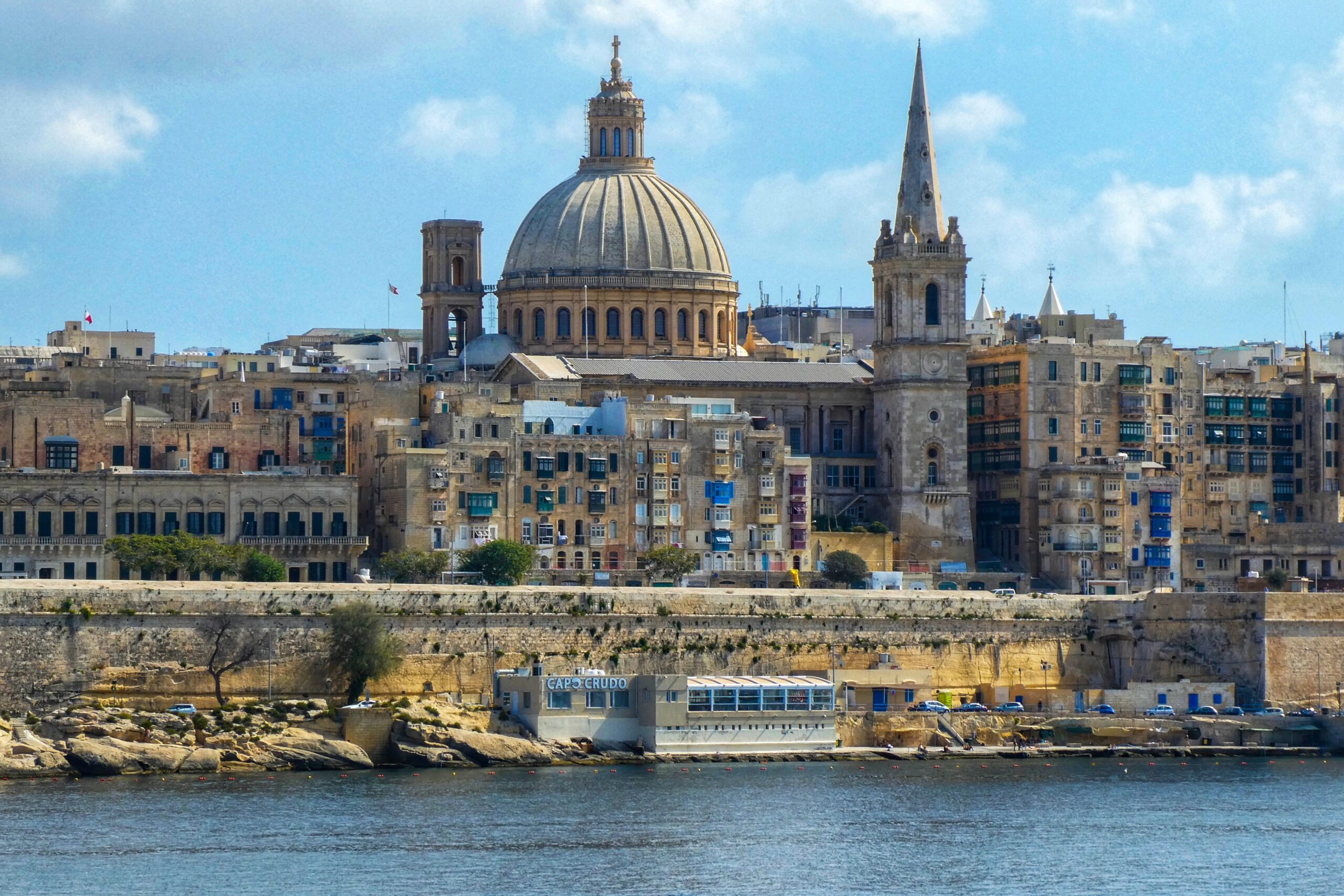Allocation/pre-financing amount: €31.6.4 million/€41.1 million (not disbursed as of December 4th, 2021) // Malta’s plan describes investments totalling €344.9 million
Plan length: 28 pages
Submission date: July 2021
Format of plan: Interventions targeted to address six key areas, including in increasing the energy efficiency of public and private sector buildings, decarbonising the public transport fleet, combating socio-economic unsustainability, transforming the digital capabilities of the legal system and the public administration, and strengthening institutional frameworks, among others.
Summary of the plan
The plan contends well with the many country-specific recommendations (CSRs) and euro area recommendations (EARs) addressed to Malta during the European Semester. QUEST macroeconomic modelling conducted by the Commission suggests that Recovery and Resilience (RRF)-funded projects could lead to significant Gross Domestic Product gains (~1%) in the short-term (-2026). The plan makes significant headway in the area of addressing the need for sustainable transport solutions, and clear interventions are described to target Malta’s early school leaver rate, which is currently one of the highest in the EU, and to tackle the unsettlingly high gender employment gap. Malta’s climate objectives are, unfortunately, incredibly unambitious, and reforms aimed at addressing these objectives are absent from the plan. Essentially, Malta is trajecting in the opposite direction, away from sustainable energy usage, and has struggled to combine high economic growth, which it generally experiences, with lower greenhouse gas emissions. Therefore, Malta performs poorly on many Sustainable Development Goals (SDG) related to climate, in particular on SDG 13, Climate Action. The plan’s digital transformation measures are expected to increase the effectiveness of a number of key areas, including public services.
Youth Dimension
Malta faces a number of youth-related challenges. For example, Malta’s early school leaver rate of 16.7% is one of the highest in the EU. Malta’s plan includes a number of reform measures that contribute to the European Flagship Initiative Reskill and Upskill, including strengthening school leaving prevention programs, developing new education pathways towards inclusive and quality education, and implementing effective education policy monitoring, among others. In light of CSR 2 2020 (“education and skills development”) and EAR 2 (“sustainable and inclusive growth”), Component 5 of Malta’s plan includes a €41 million investment to establish a Centre for Vocational Education Excellence at the Institute for Tourism Studies (ITS Campus). Additionally, Malta’s plan envisages the construction of a pilot near a carbon-neutral school, reflecting Malta’s vision for future learning on the island.
The Commission’s report indicates that over 145 bodies were consulted to determine the main policy objectives for EU funding, including “young people”, however, this is somewhat misleading; it does not appear true that a consultation process was launched to determine the main priorities for Recovery and Resilience Facility (RRF) funding. Given the significant overlap between the various EU funding programmes, one could merely extrapolate the findings of one consultation process to other EU-disbursed funds, such as those disbursed under the RRF Regulation. A range of bodies were consulted to determine the main policy priorities of the Multiannual Financial Framework 2021-2027, including the youth agency Agenzija Zagħzagħ, a national youth agency in Malta whose aim is to ensure the implementation of Malta’s National Youth Policy. These resources could have been helpful for the elaboration of Malta’s RRF.

